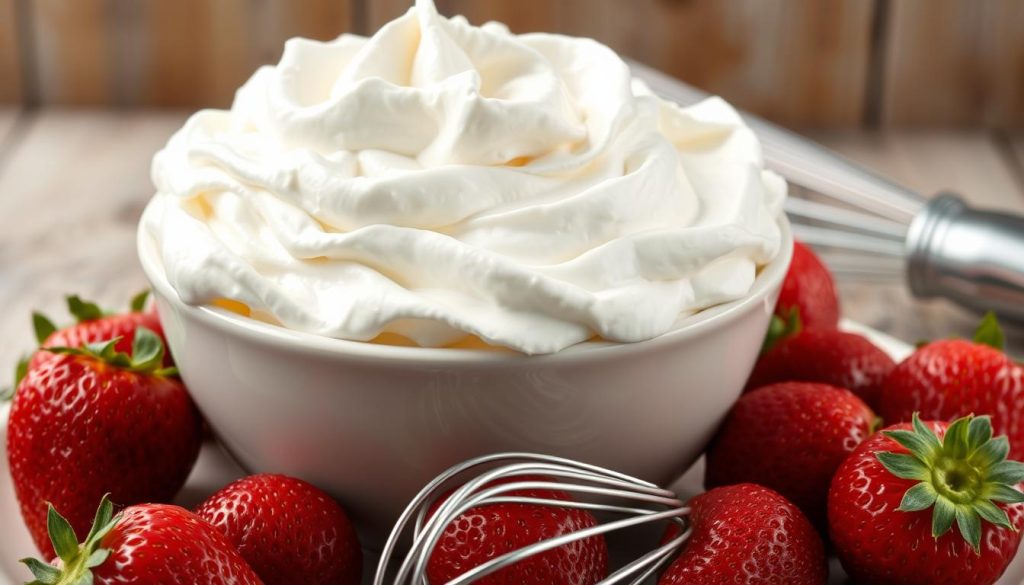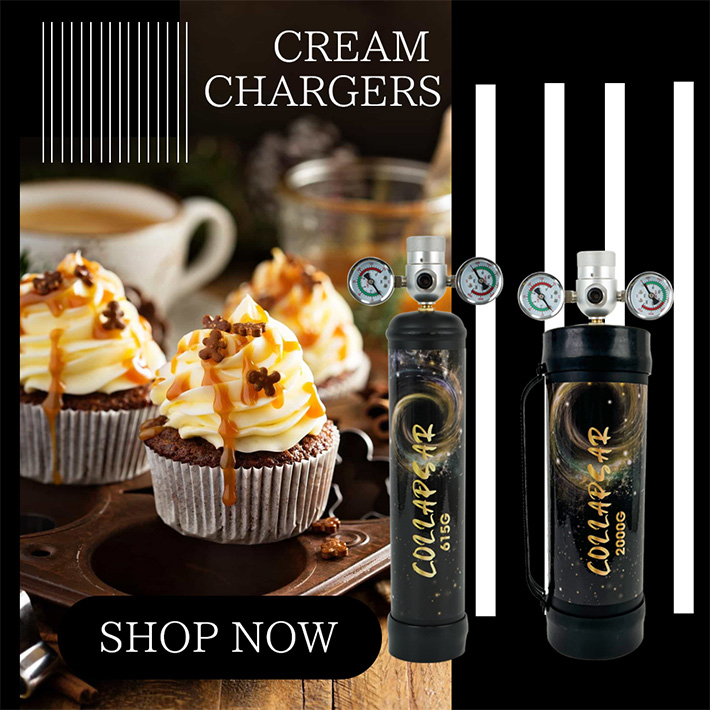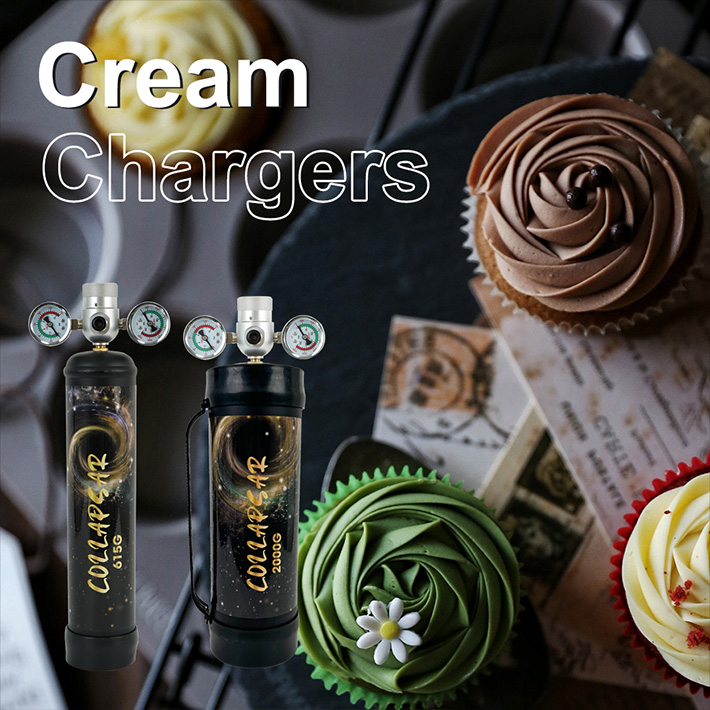Whipped cream is a versatile and delightful ingredient. It can make many desserts better, from classic pies to decadent cakes. Whether you want to top a treat or add a whimsical texture, learning to whip cream is rewarding. In this guide, we’ll cover how to whip cream at home. You’ll learn the skills to get perfect results every time.
Key Takeaways
- Understand the essential tools and equipment needed for making whipped cream at home
- Discover the different types of cream and their optimal temperature ranges for whipping
- Learn the step-by-step process of whipping cream, including manual and mechanical methods
- Explore ways to flavor and stabilize your whipped cream for a variety of dessert applications
- Familiarize yourself with important safety precautions and best practices for handling whipped cream
Understanding Whipped Cream Basics and Equipment Needed
Whipped cream adds a delightful touch to many desserts, like fluffy cakes and luscious pies. To get that perfect, cloud-like texture, knowing the basics and what equipment you need is key. Let’s explore the details.
Essential Tools for Perfect Whipped Cream
To make homemade whipped toppings, you’ll need a few important tools. A strong whisk or an electric mixer, like a hand mixer or stand mixer, is crucial for whipping the cream right. Also, a deep, chilled bowl is needed to whip the cream properly.
Types of Cream to Use
The type of cream you use can greatly affect your whipped cream. Heavy cream, with at least 36% fat, is the top choice for rich, stable whipped cream. Whipping cream, with 30-36% fat, can give a lighter, fluffier texture.
Temperature Considerations
The temperature of the cream and your equipment is very important. Chill the bowl and beaters/whisk before whipping the cream. Cold equipment helps the cream hold its shape better. Also, chill the cream to 40-45°F for the best results when stabilizing whipped cream.
By knowing the basic equipment, cream types, and temperature tips, you’ll be ready to make perfect homemade whipped toppings. These will take your desserts to new heights.
How can I do a whip it with whip cream?
Whipping cream is a fun and rewarding task. It’s great for topping pies, decorating cakes, or enjoying as a dessert. Let’s look at how to whip cream using both manual and mechanical methods.
Manual Whipping Technique
The manual method is a classic, hands-on way to start. Here’s how to do it:
- Chill your mixing bowl and beaters in the fridge for at least 30 minutes. Cold equipment is key for the best whipped cream.
- Pour the heavy whipping cream into the chilled bowl. Start beating with a hand mixer or whisk on low speed to avoid splattering.
- As the cream thickens, increase the speed. Keep whipping until it forms soft, fluffy peaks.
- Don’t overbeat, as this can make the cream curdle and separate.
Using a Whipped Cream Dispenser
A whipped cream dispenser makes whipping cream quick and easy. Here’s how to use one:
- Chill the dispenser, including the canister and all parts, in the fridge for at least 30 minutes.
- Pour the heavy whipping cream into the chilled canister. Attach the whipped cream charger.
- Gently shake the dispenser to mix the gas and cream.
- Dispense the fluffy whipped cream onto your desserts or drinks.
Whether you choose manual or mechanical, the secret to perfect whipped cream is chilled equipment and careful whipping. With practice, you’ll whip up delightful cream that will make your dishes shine.
Safety Precautions and Best Practices
When using a whipped cream dispenser or nitrous oxide whippets, safety is key. Proper handling and following storage and maintenance tips are essential. This ensures a safe and enjoyable whipping experience.
Proper Handling of Equipment
Always read and follow the manufacturer’s instructions. Handle the equipment with care to avoid leaks or malfunctions. Make sure the dispenser is securely attached and chargers are correctly inserted before use.
Storage and Maintenance Tips
- Keep your whipped cream dispenser and nitrous oxide whippets in a cool, dry place, away from sunlight or heat.
- Clean the dispenser thoroughly after each use, following the manufacturer’s guidelines.
- Regularly check the dispenser and chargers for wear or damage, and replace as needed.
- Dispose of used nitrous oxide chargers properly, following local regulations.
Common Safety Mistakes to Avoid
- Never modify or tamper with the whipped cream dispenser or nitrous oxide chargers.
- Avoid using the equipment if you notice any leaks or malfunctions.
- Do not use the dispenser or chargers near open flames or other heat sources.
- Refrain from intentionally inhaling the nitrous oxide from aerosol whipped cream chargers, as this can be dangerous and is often associated with the practice of “whip its”.
By following these safety precautions and best practices, you can enjoy freshly whipped cream safely. This ensures the proper use of nitrous oxide whippets, aerosol whipped cream chargers, and your whipped cream dispenser.
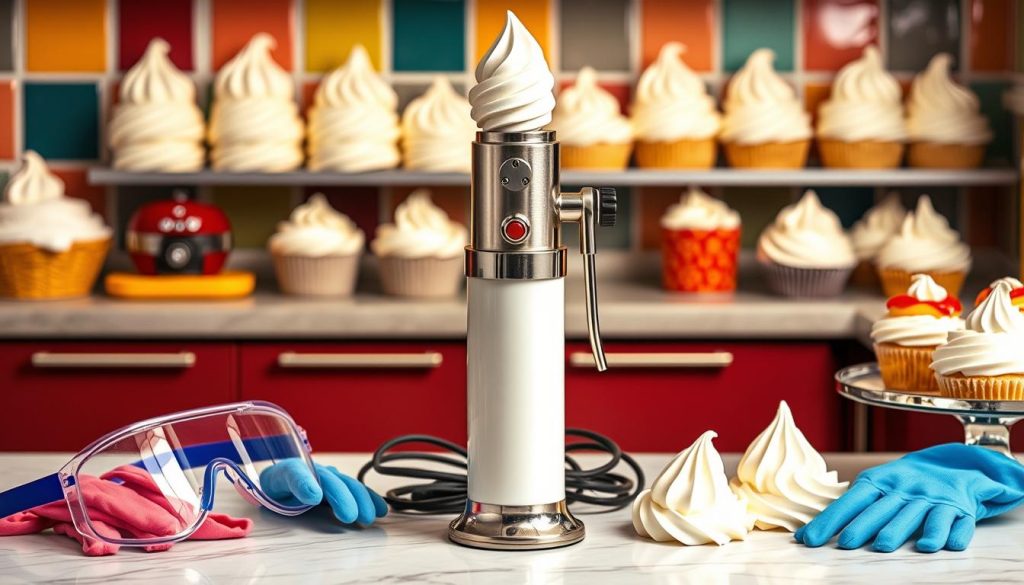
| Safety Tip | Explanation |
|---|---|
| Proper Equipment Handling | Follow manufacturer instructions to ensure safe operation of whipped cream dispensers and nitrous oxide chargers. |
| Appropriate Storage and Maintenance | Store equipment in a cool, dry place and regularly clean and inspect for any issues. |
| Avoiding Common Mistakes | Do not modify equipment, use it near heat sources, or intentionally inhale nitrous oxide (whip its). |
“Prioritizing safety when using whipped cream dispensers and nitrous oxide chargers is crucial for a successful and enjoyable whipping experience.”
Manual vs. Mechanical Whipping Methods
When it comes to cream whipping techniques, you have two main choices: manual and mechanical whipping. Each has its own benefits and drawbacks. Your choice depends on what you prefer and what you’re aiming for.
Manual whipping uses a simple whisk. It’s a classic method that lets you control the process closely. This method takes more effort but can be rewarding. It’s great for small amounts or when you want a light, airy texture.
Mechanical whipping, with an electric mixer or whipped cream dispenser, is quicker and easier for big batches. These tools make whipped cream consistent and stable. They’re perfect for those who whip cream often or for big gatherings.
| Manual Whipping | Mechanical Whipping |
|---|---|
|
|
Choosing between manual and mechanical whipping depends on your needs and preferences. Try both to see which works best for you and your cooking.
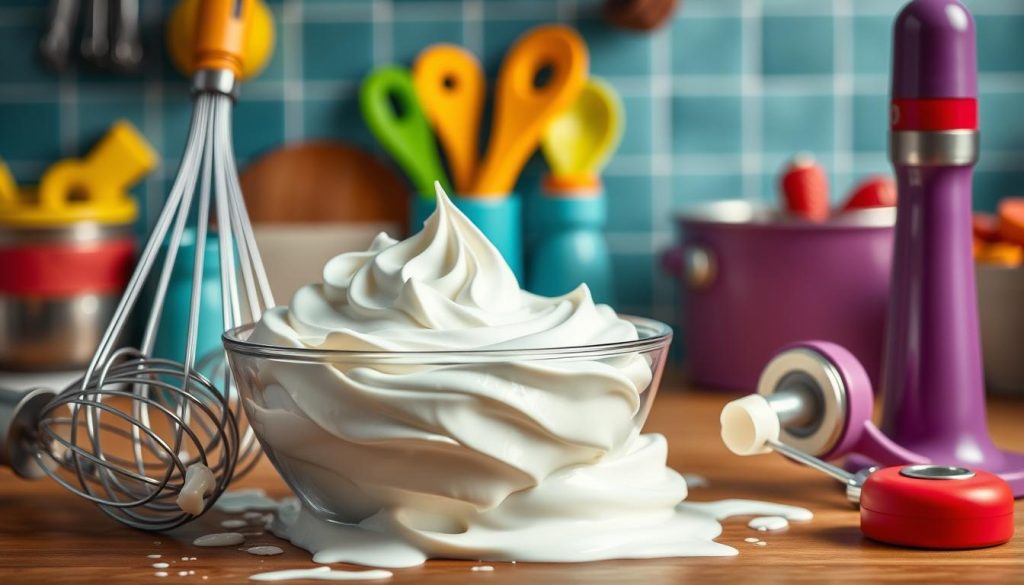
Flavoring and Stabilizing Your Whipped Cream
Make your whipped cream desserts even better by adding great flavors and keeping them stable. Vanilla extract is a popular choice, giving your cream a warm taste. For a chocolatey flavor, mix in cocoa powder or melted chocolate. Try using lemon, raspberry, or strawberry extracts for a fruity twist.
To keep your whipped cream fluffy and stable, use ingredients like powdered sugar, gelatin, or cornstarch. These help prevent the cream from breaking down. This way, your homemade toppings will look and taste amazing. Try different methods to find what works best for you.
Whether it’s for a pie topping or a rich mousse, these tips will make your whipped cream stand out. Get creative and impress everyone with your whipped cream skills. Your desserts will be the highlight of any gathering.
FAQ
What is the difference between manual and mechanical whipping methods for making whipped cream?
Manual whipping uses a whisk to beat the cream by hand. Mechanical whipping uses electric mixers or special dispensers. Manual methods take more effort but offer control. Mechanical methods are quicker and better for big batches.
How can I stabilize whipped cream to make it last longer?
To stabilize whipped cream, add a bit of unflavored gelatin, cornstarch, or cream of tartar. Chill the bowl and beaters before whipping. Store it in an airtight container in the fridge to keep it fresh longer.
What are some common safety mistakes to avoid when using whipped cream dispensers or nitrous oxide chargers?
Avoid overcharging the dispenser and using the wrong chargers. Always follow the manufacturer’s instructions. Never inhale the gas and don’t use chargers for fun, as it’s dangerous.
What types of cream are best for making whipped cream at home?
Use heavy cream or whipping cream with 30-40% fat for the best results. Half-and-half or low-fat creams won’t whip up as well.
How do I incorporate different flavors into my homemade whipped cream?
Add vanilla extract, cocoa powder, coffee, or fruit purees to your whipped cream. Start with a little and taste as you go. Layering flavored whipped cream with other desserts makes for a delightful treat.

